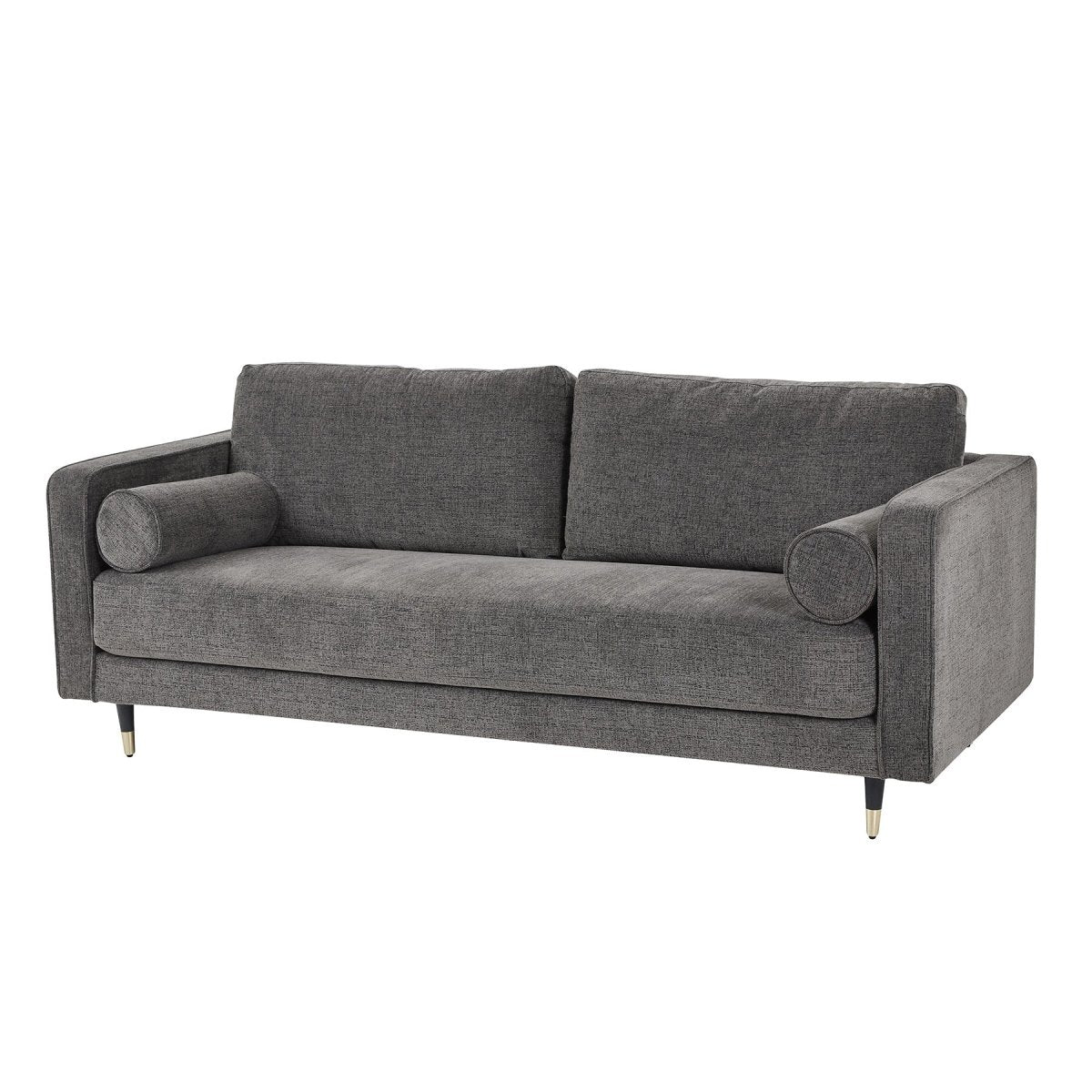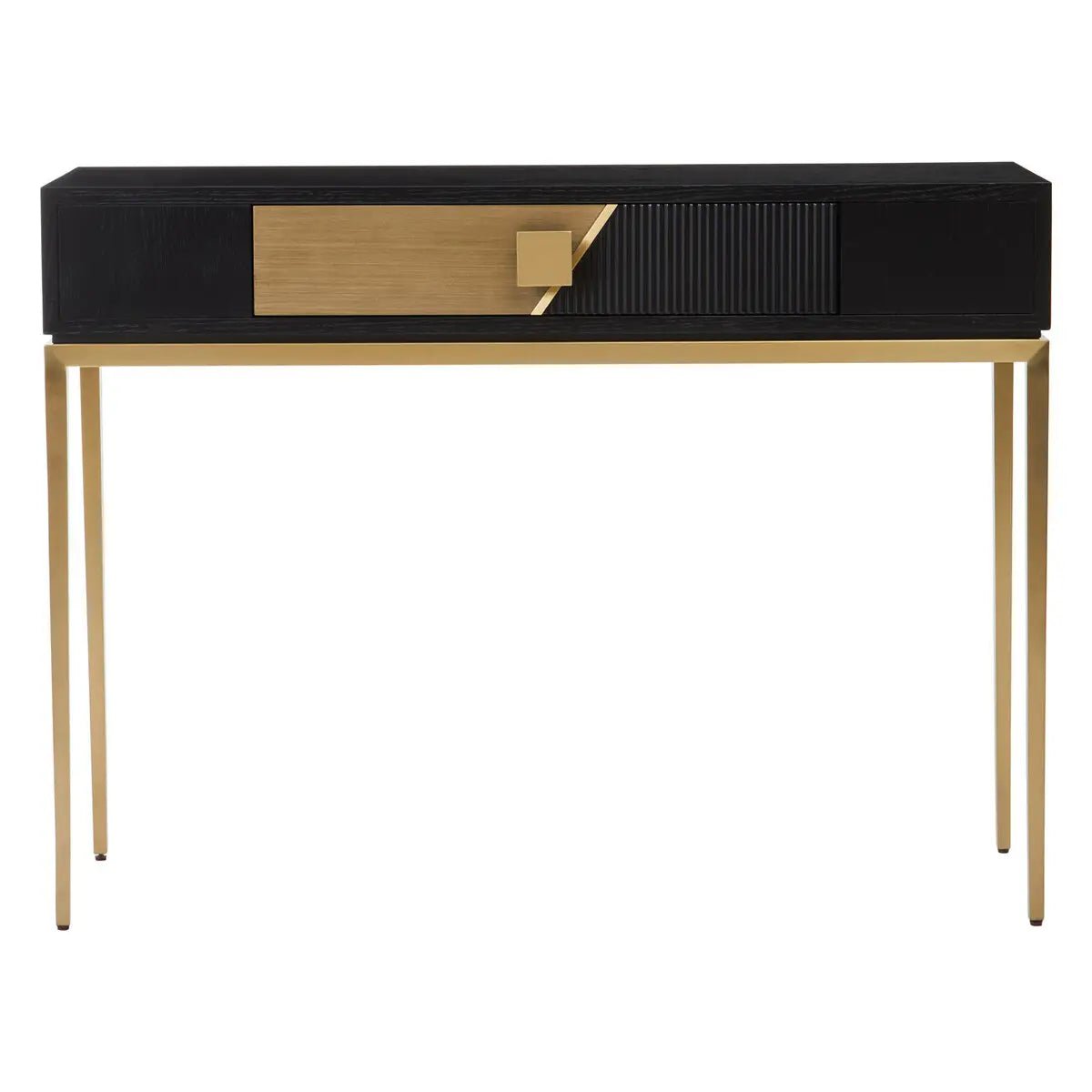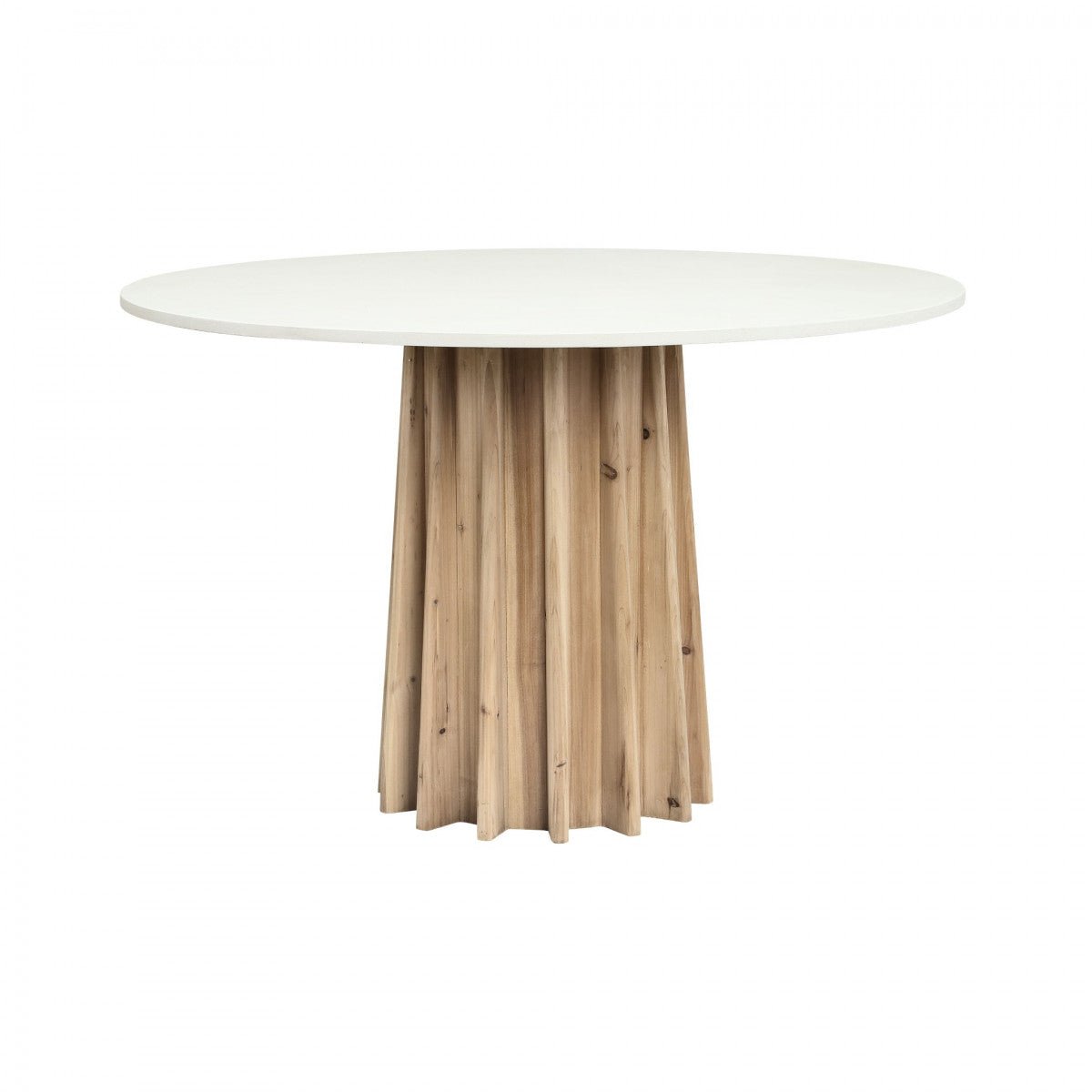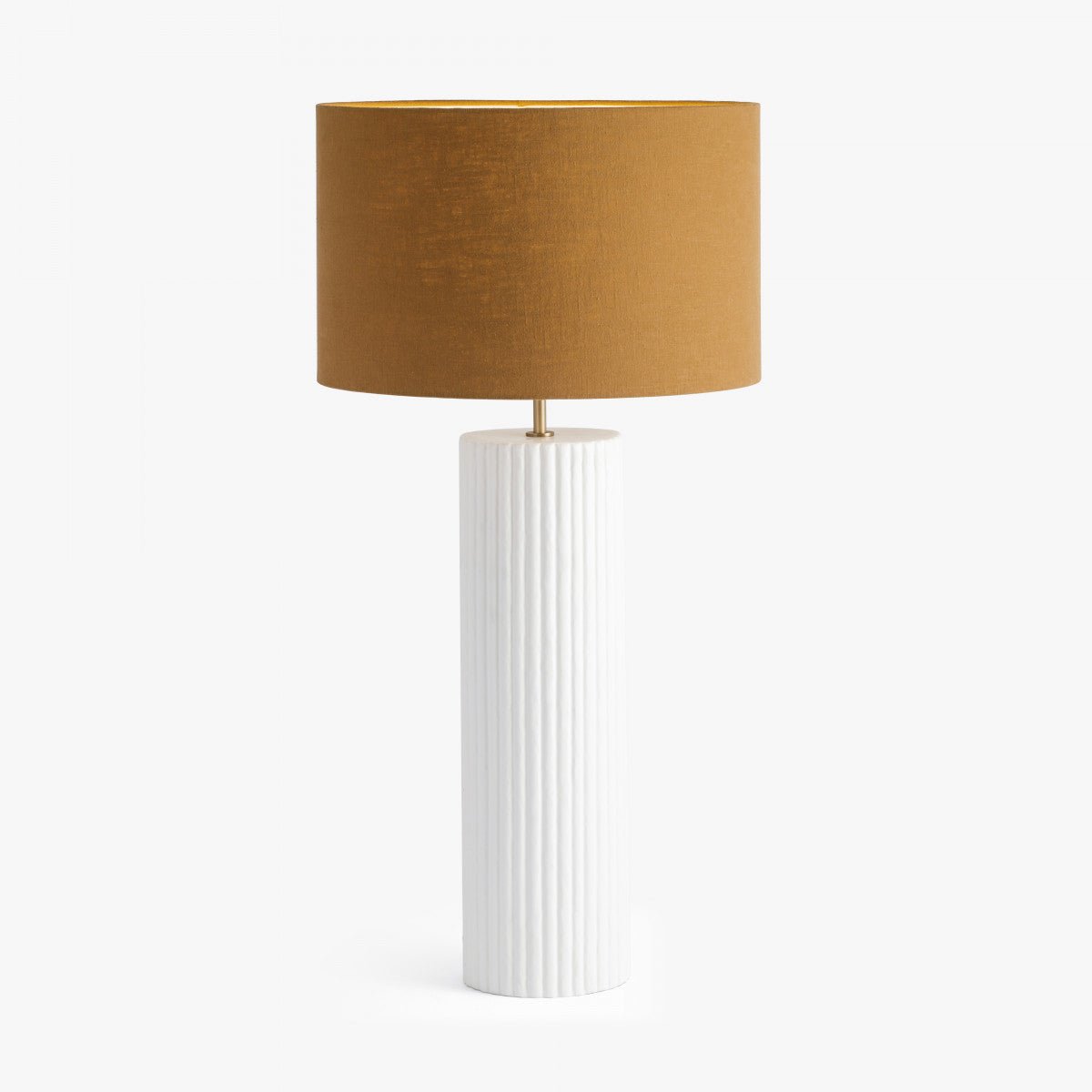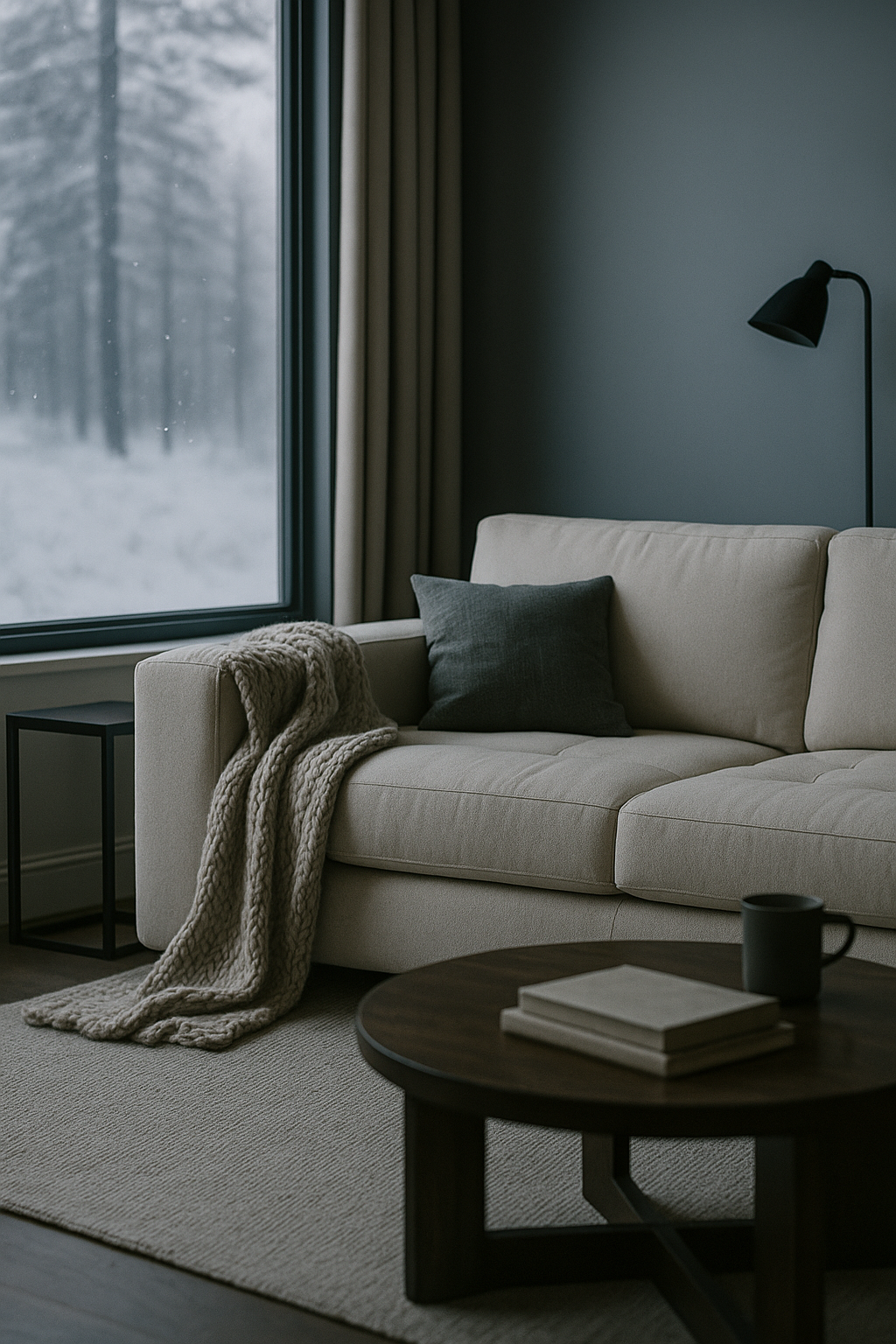Minimalist Interior Design and Furniture Ideas for Modern UK Homes
Minimalism has become one of the most influential interior styles across the UK. It offers clarity, warmth, and a sense of calm that many homeowners are craving. Instead of filling rooms with unnecessary objects, minimalist interior design focuses on intention, clean forms, and balance. Every piece serves a purpose and every colour contributes to an atmosphere of quiet simplicity.
At Opulent, we work closely with UK homeowners who are choosing minimalist furniture to bring structure and serenity into their living spaces. Our collections are designed with high quality craftsmanship, refined silhouettes, and timeless materials, making the minimalist style feel both inviting and personal rather than sparse.
Understanding Modern Minimalist Interior Design
Modern minimalism is built around a clear idea. When the home is simplified, the mind feels clearer too. According to Architectural Digest, the rise of minimalist interiors comes from a growing desire to remove visual noise and create soothing spaces that support daily wellbeing.
The core of the style remains consistent. Clean lines, functional furniture, natural materials, and thoughtful storage create a calm foundation. Neutral colours hold the room together without overpowering it. This design approach works beautifully in both city flats and larger family homes because it adapts seamlessly to different layouts and lifestyles.

Top 10 Colours Predicted to Dominate Interiors in 2026
Minimalist Furniture Design Ideas for a Balanced Home
Minimalist furniture does not mean owning less. It means choosing better. Each piece should support the room, not compete with it. In the living room, streamlined seating in cream, beige, or soft grey creates a calm base. A sculptural coffee table or a slim sideboard adds shape without creating clutter. Furniture with raised legs helps the room feel open and airy, while light wood tones introduce warmth.
The minimalist bedroom should encourage rest. Low beds, floating nightstands, and hidden storage maintain a peaceful flow. Instead of multiple decorative elements, one accent chair or a simple upholstered bench can add interest without disrupting the stillness.
In the dining room, smooth edged tables and paired back dining chairs bring a sense of harmony. A single centrepiece on the table often has more impact than several small pieces of décor. Natural textures, like linen or soft upholstery, help soften the look and bring comfort to the clean lines.

Try these ideas:
- Choose a streamlined sofa or bed in cream, beige, or grey
- Add a single sculptural coffee table
- Pick storage that hides visual clutter
- Use symmetry to anchor the layout
Japanese Minimalism and the Rise of Japandi Interiors
Japanese minimalist design has shaped modern interiors significantly. It highlights natural materials, serenity, and the philosophy of wabi-sabi, which celebrates the beauty in simplicity and imperfection.
Japandi, a blend of Japanese and Scandinavian design, has become one of the most popular minimalist styles. It mixes warm wood tones with soft textures, and clean lines with gentle curves. The result is a home that feels calm, grounded, and effortlessly stylish. Low furniture, earthy palettes, and handcrafted accents define the look.

Key characteristics:
- Low furniture and grounded silhouettes
- Warm wood tones
- Earthy colour palettes
- Organic forms
- Subtle texture instead of heavy decoration
Minimalist Interior Design Ideas for Small UK Homes
Minimalism suits small spaces perfectly. Many UK homes and apartments benefit from an approach that keeps rooms open and functional. Slim furniture helps maintain visual space, while concealed storage prevents clutter from building up. Lighter woods, soft neutrals, and unified colour palettes also help small rooms feel larger.
Multi functional pieces make a big difference. Storage benches, nesting tables, and sideboards with hidden compartments help keep everything organised while supporting the minimalist style. Natural light becomes even more important in smaller spaces, so avoiding heavy window treatments can make the home feel more spacious.

Small space strategies:
- Use vertical storage instead of bulky units
- Choose furniture with slim legs that lift the room visually
- Opt for light woods to keep the space open
- Pick multifunctional pieces like storage benches or nesting tables
- Keep décor minimal but meaningful
Warm Minimalism for Cosy Living Rooms
Warm minimalism is shaping design trends for 2026. It keeps the clarity of minimalist design but adds softer colours, organic materials, and layered textures to create an inviting atmosphere. Instead of stark white, many UK homeowners are choosing warm white, stone, taupe, and mushroom tones. These colours bring calm while keeping the living room visually rich.
To achieve the warm minimalist look, focus on gentle lighting rather than bright overhead fixtures. Place table lamps and floor lamps at different heights to create depth. Add natural textiles like linen, boucle, and wool, and finish the room with one or two sculptural pieces that reflect your personal style.

Related blog: Lighting Design for Cosy Autumn Evenings
Minimalist Colour Palettes That Elevate the Home
Minimalism thrives on a restrained palette that feels cohesive from room to room. Warm white, soft beige, pale grey, and taupe create a calm backdrop. Black accents add structure and contrast. A controlled palette helps the home feel more intact and harmonised.
Earthy tones such as olive, charcoal, terracotta, and walnut can be used sparingly. These colours introduce depth while maintaining the quiet simplicity of minimalist design.

Minimalist Interior Design Trends Shaping 2026
Minimalism continues to evolve. The newest trends focus on warmth, organic shapes, and meaningful décor. Sculptural furniture is becoming a defining feature, offering visual interest without overwhelming the room. Textured rugs, rattan accessories, and natural wood cabinetry add depth while staying true to minimalist principles.
Hidden storage remains essential. Homeowners want spaces that feel elegant and functional, which makes multi purpose furniture more relevant than ever. This shift shows that minimalism is no longer about strict sparsity, but about clarity that feels lived in and comfortable.
Interior Design Trends 2026: What’s Next in Luxury UK Homes
Decorating a Minimalist Home That Still Feels Lived In
A minimalist home should feel crafted rather than empty. What matters is choosing pieces that have purpose or emotion attached to them. A large art print, a handcrafted vase, or a luxury rug can speak louder than a shelf full of accessories. Plants bring visual softness and movement into clean lined spaces.
Texture plays an important role in making minimalism feel warm. When the palette is neutral, combining wood, ceramics, glass, textiles, and stone introduces richness without clutter. The goal is a curated home that feels comfortable, authentic, and reflective of your lifestyle.
How to Layer Textures Like a Professional Interior Designer
Frequently Asked Questions
What is modern minimalist interior design?
It is a style that focuses on simplicity, clean forms, functional furniture, and calm colour palettes. The aim is to create an open and peaceful home.
Can minimalist design work in small UK homes?
Yes. Minimalism is ideal for compact spaces because it uses slim furniture and smart storage to keep the home organised and visually open.
What are the best colours for minimalist interiors?
Warm white, beige, soft grey, taupe, stone, and controlled black accents. Earthy colours can be added sparingly for depth.
How can minimalist design feel cosy?
Warm lighting, natural materials, and textured fabrics introduce comfort while keeping the space clean and uncluttered.

